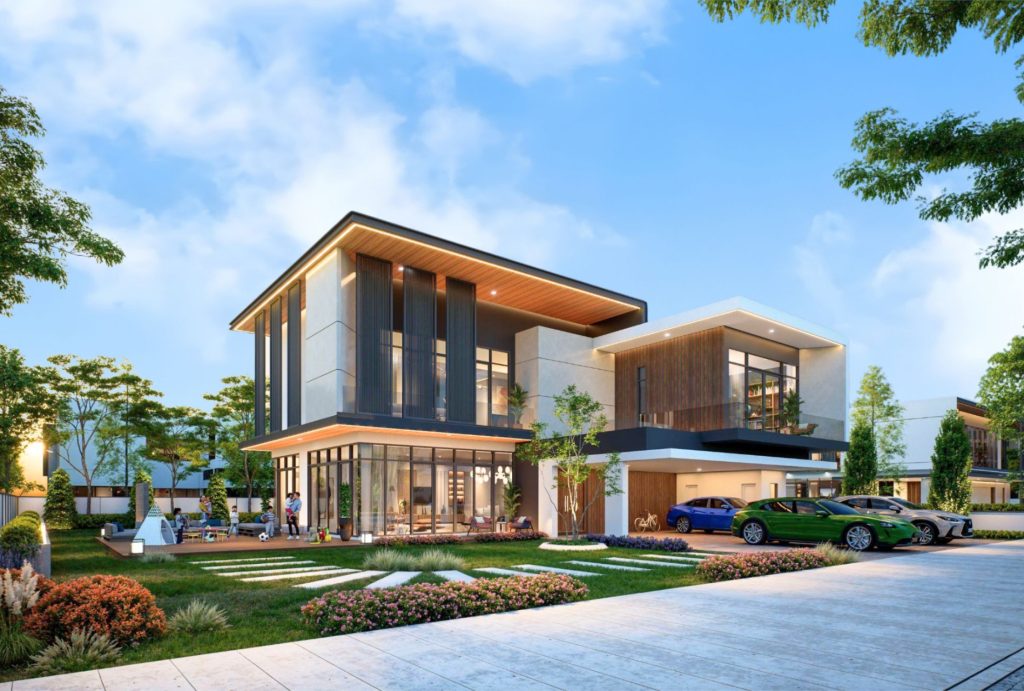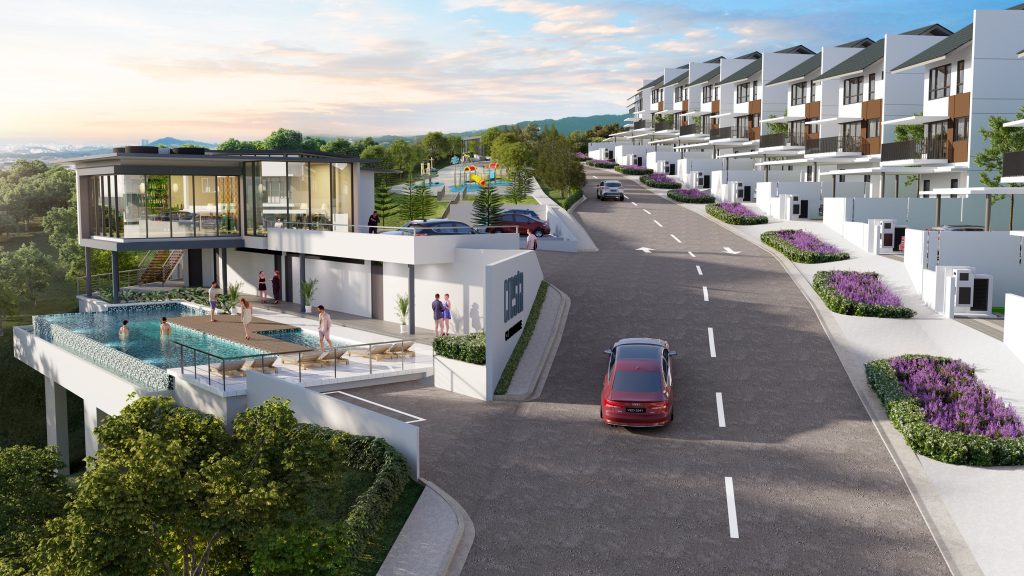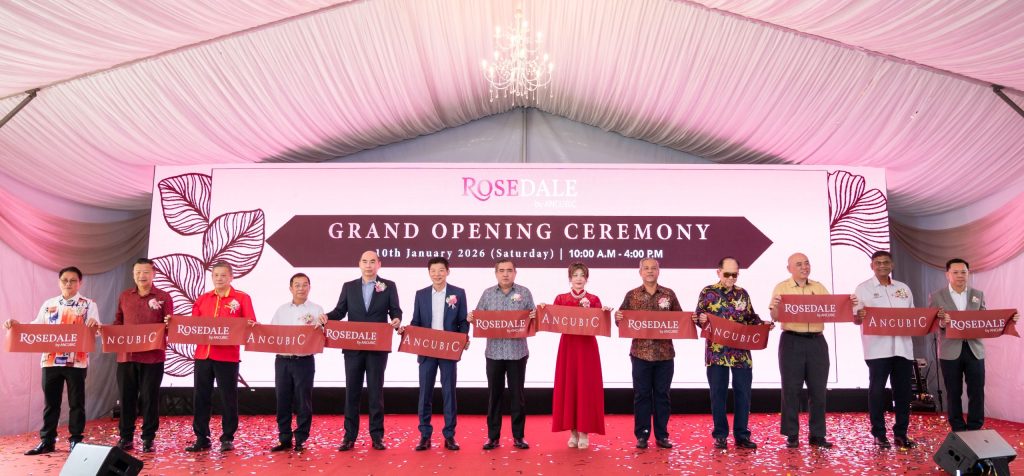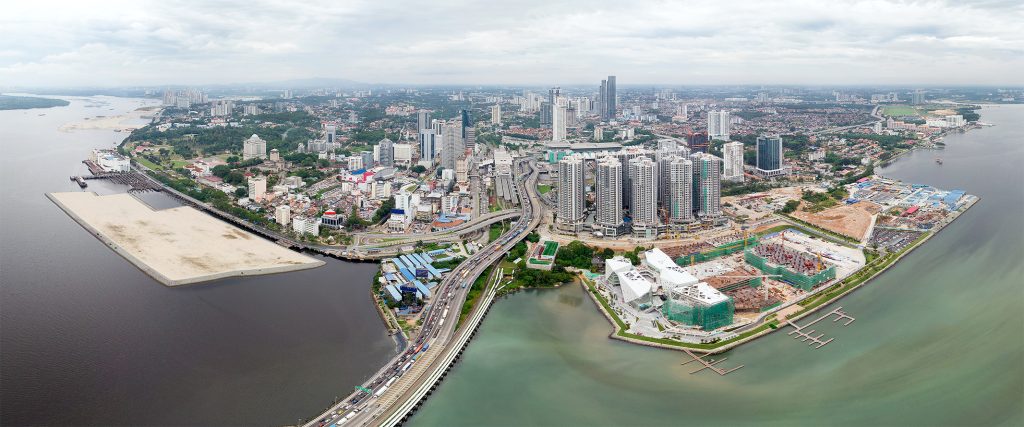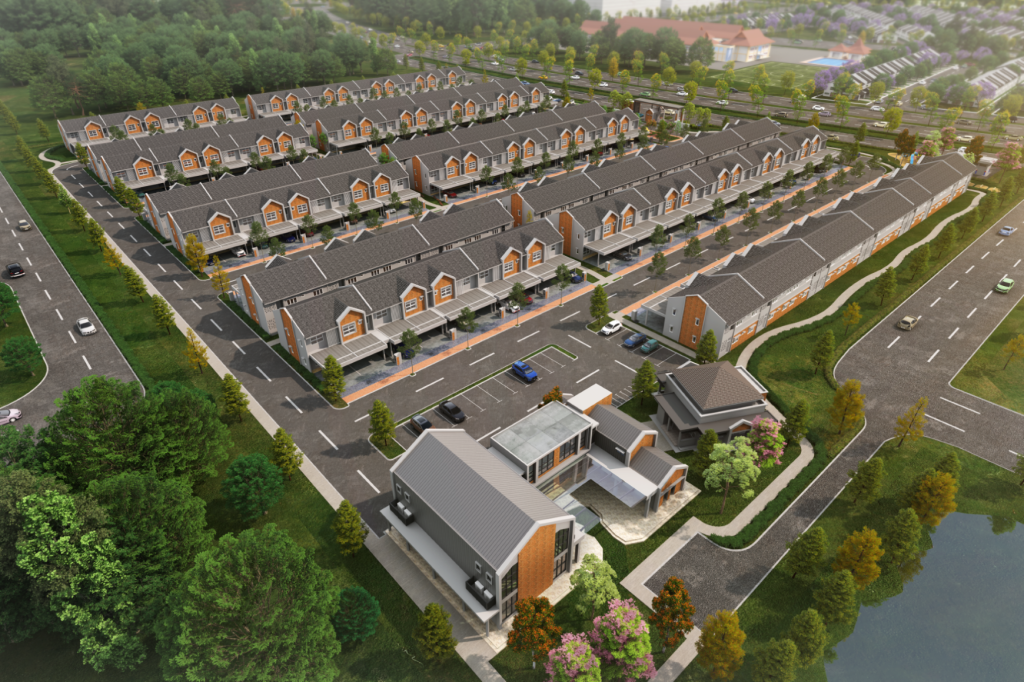
Putrajaya is a young city which adopted a stormwater management strategy and water-sensitive land use planning.
It’s time to move on from grey infrastructure and onto the green
By Yanika Liew
Sponge cities are far from a new concept. It refers to an urban planning and management strategy that aims to reduce the negative effect of urban cities on the water cycle. As the name suggests, the city itself will be able to soak up excess water through its environment, tackling flood risks, water scarcity and pollution.
“The concept behind sponge cities is to design cities and urban spaces in such a way that they imitate the natural water cycle in contrast to conventional ‘grey’ drainage infrastructure, it focuses on leveraging the natural landscapes in capturing and using rainwater, minimising runoff, and improving infiltration into the earth,” Arup Malaysia Cities and Advisory lead Murali Ram said.
Using an advanced digital tool, Terrain, Arup and his team developed the Global Sponge Cities Snapshot, which included Auckland, London, Montreal, Mumbai, Nairobi, New York, Shanghai, Singapore, Sydney and Toronto. The report looked at the urban centres of these global cities and assessed the efficacy of their existing natural infrastructure in absorbing rainfall.
According to the report, natural infrastructure is not only extremely effective in managing flood water but also on average 50% more cost-effective than man-made alternatives, delivering 28% more added value.
“This is accomplished through the implementation of a range of nature-based solutions including green roofs, rain gardens, permeable pavements, wetlands, and other forms of green infrastructure,” he said.
The term sponge city originated in China, however, other countries refer to the same concept differently. From Europe’s green infrastructure (GI), the United State’s low-impact development(LID) and Australia’s water-sensitive urban design (WSUD).
“In Malaysia, the concept of sponge cities is gaining traction as the country faces increasing urbanisation and the associated challenges and is particularly vulnerable to flooding due to its location in the tropics and high levels of rainfall,” Murali said.
Malaysia’s own Putrajaya, Murali noted, is a completely new city sitting on brownfield land. The city adopted a stormwater management strategy and water-sensitive land use planning. Examples include wetlands, pollution detention ponds, swale drains, riparian parks and gross pollutant traps (GPT) to treat runoff pollution.
The city has drainage systems which include landscaping and other recreational features that enhance the environmental and social values of its infrastructures.
International success stories
As technology and research continue to improve sponge cities, their implementation becomes more and more refined.
“Governments are increasingly recognising the importance of sponge cities and are implementing policies to support their development,” Arup Malaysia senior urban designer Liyana Che Ismail said.
Remote sensing and data analysis tools can manage and evaluate the performance of such green infrastructure, while satellite imagery and aerial photography can identify suitable areas for implementation.
Liyana outlined the example of the Chulalongkorn University Centenary Park in Bangkok, Thailand, which implemented the sponge city concept in an urban park setting. With its design, the park could reduce flood risk to its surroundings by capturing and reusing rainwater, and managing stormwater runoff.
There were multiple factors that contributed to its successful implementation.
“The project involved collaboration between multiple stakeholders including the park designers, university staff, and local government officials. This collaborative approach ensured that the park design and management strategies were tailored to the local context and needs,” Liyana said.
“The park was designed to incorporate a range of sponge city features such as permeable pavements, green roofs, rain gardens and wetlands. These features allow rainwater to be captured and stored, and slowly released back into the environment. This helps to reduce the amount of stormwater runoff and prevent flooding in the surrounding area,” she added.
Through public engagement strategies, citizens became aware of the importance of sustainable water management and the benefits of sponge city features. Afterwards, its performance is regularly monitored to ensure efficacy, and that the park is delivering its intended benefits.
“In China, for example, the government is expanding its plans for sponge cities after the success of the 30 pilot cities and has set targets to turn 80% of urban spaces into sponges by 2030 and is providing funding to support their implementation,” Liyana said.
Another example included Merlboune’s WSUD policy, which aims to integrate green infrastructure into urban planning and development, with guidelines and requirements for new development projects.
Yet another one in Europe, 2020, when the European Union adopted the Biodiversity Strategy for 2030, which includes a target of restoring at least 25,000 km of rivers to a free-flowing state and the implementation of green and blue infrastructure measures in urban areas. The strategy also calls for a plan which focuses on the restoration of degraded ecosystems.
“To overcome the multitude of issues related to stormwater management of a city, a more holistic and multi-disciplinary approach needs to be adopted to ensure that planning and design decisions are made with full understanding of the environmental, social and economic consequences of the decisions,” Murali said.
Developers and government authorities must take into consideration land use planning and water cycle management during the planning stage of all developments.
Murali noted that Malaysia needed a comprehensive set of policies and guidelines for land use planning. From transportation systems to utilities and infrastructure, public spaces should have guidelines for state governments and local councils to implement.
“In essence, flood and water management should not be viewed as the responsibility of the Drainage and Irrigation Department alone,” he said.
“The various city departments should play an active role in the design of permeable cities to help absorb as much rainfall as possible using artificial and nature-based interventions,” he added.

“Flood and water management should not be viewed as the responsibility of the Drainage and Irrigation Department alone,” Murali said.
Stay ahead of the crowd and enjoy fresh insights on real estate, property development, and lifestyle trends when you subscribe to our newsletter and follow us on social media.



